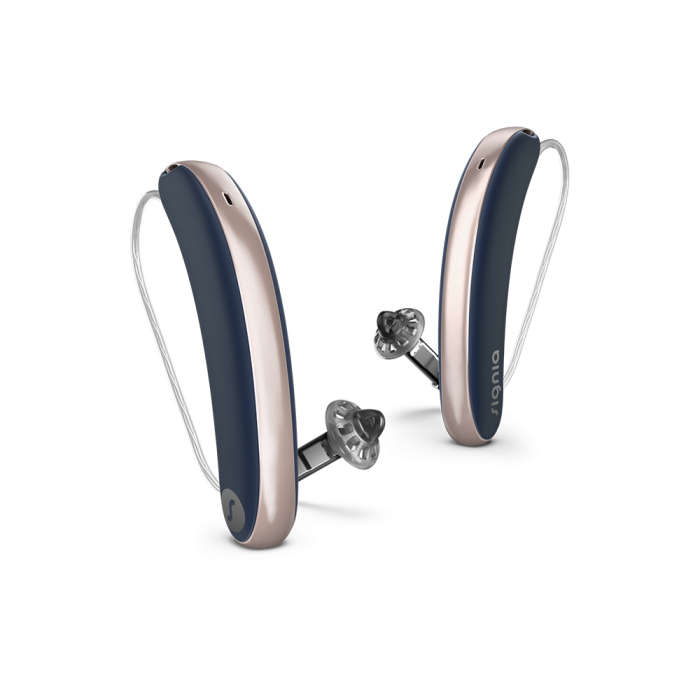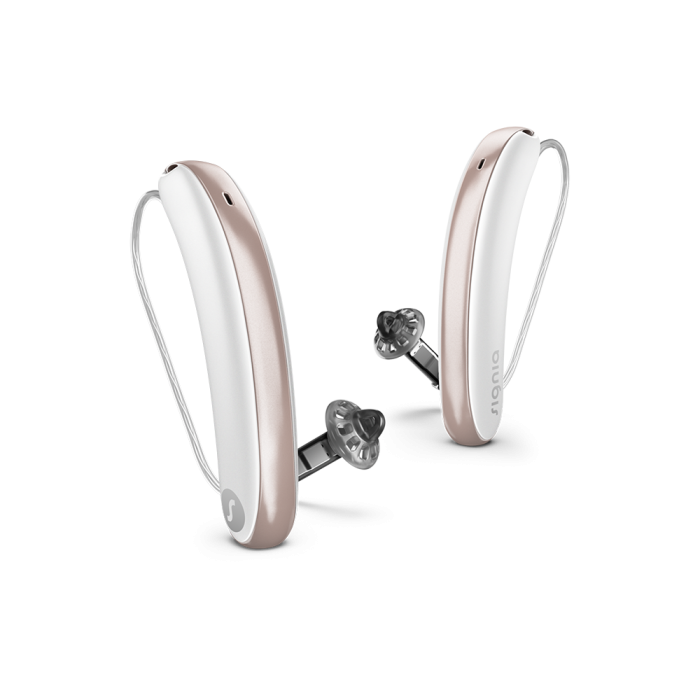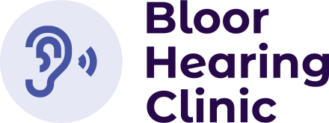
Our Blog
How to Properly Insert a Hearing Aid into Your Ear
Hearing aids improve the quality of life for people with hearing loss. To reap their full benefits, it’s essential to know how to insert them correctly. Improper insertion can lead to discomfort, reduced sound quality, and even damage to the hearing device.
Fortunately, there is no special knowledge, skill, or extra equipment needed to insert a hearing aid the right way. It only takes enough practice, a clear understanding of the instructions, and careful execution. It’s also important to follow the advice of your hearing care professional and address concerns.

This article discusses the proper insertion of a hearing aid into the ear and everything you need to know to feel optimal comfort. Read on.
Why Is It Important to Know How to Insert Hearing Aids Correctly?
Hearing aid use in Canada has consistently inclined since 2007. Studies found that age and comorbidities are the top contributing variables. This growing reliance on hearing aids underscores the importance of proper device care and usage to maximise its benefits.
First, you cannot get the most out of the device if it is not positioned correctly. This can affect the following factors:
-
Sound quality
-
Amplification
-
Comfort
-
Overall performance
Secondly, if your hearing aid is not inserted securely, it will keep falling out, causing frustration and inconvenience. Thirdly, the accurate placement in your ear canal goes a long way, but having the right hearing aid for your specific needs is equally important.
A free online hearing test usually cannot suggest the right hearing aid for you. Opt for a comprehensive hearing test in Toronto to accurately identify hearing loss and guide you toward the most suitable device.
Bloor Hearing Clinic offers a range of hearing care professionals who can conduct thorough evaluations. They can recommend appropriate hearing solutions, personalized assessments, and advanced hearing aids.
How to Clean Your Hearing Aid Before Insertion

Before you insert your hearing aid, it’s essential to clean it thoroughly. This helps prevent ear infections and ensures optimal performance. The cleaning process varies depending on the type of hearing aid. It’s best to refer to your hearing device manual or consult your hearing aid in Toronto provider.
What Is the Correct Way to Insert a Hearing Aid?
It is a crucial first step to learn the proper way to insert hearing aids. Identify the type of hearing aid you have as insertion methods vary. There are several common types:
-
In The Ear (ITE)
-
Receiver in Canal (RIC)
-
Behind The Ear (BTE)
-
Invisible in Canal (IIC)
-
Completely in the Canal (CIC)
If you’re navigating your way through new hearing aids, here’s a quick guide for you.
In The Ear
ITE hearing aids are custom-made to fit the shape of your ear. To insert, gently pull your earlobe upward and backward, then carefully place the hearing aid in your ear canal. Twist it slightly if needed for a secure fit.
Receiver In Canal
RIC hearing aids consist of a receiver that goes on the ear canal and a part that sits behind the ear. Insert the receiver into your ear canal first, then hook the part behind the ear over your ear.
Behind The Ear
A BTE hearing aid rests behind the ear and connects to a custom-made earmold via a tube. Attach the ear mold to the tube, then place it in your ear. Ensure a secure fit by gently pulling your ear lobe upward and backward. A behind-the-ear hearing aid is a versatile option suitable for various degrees of hearing loss.
Invisible In Canal
IIC hearing aids are extremely small and fit completely inside the ear canal. Due to their size, inserting them can be tricky. It’s best to consult your audiologist or hearing aid provider for guidance on inserting and removing IIC hearing aids.
Completely In The Canal
CIC hearing aids are similar to IIC hearing aids but slightly larger. Consult your hearing care professional for specific instructions on inserting these types of hearing aids.
How to Insert Hearing Aids Into a Child’s Ear
A child’s ear is extra delicate and requires a careful insertion process. As much as possible, involve the child in the process and make it a positive experience. Consult with your child’s audiologist for specific guidance and tips.
Tips for Inserting Hearing Aids
Hearing aid insertion should be a breeze over time. However, you can enhance the experience with the following helpful tips.
-
Keep your hands clean. Always wash them thoroughly with soap and water before handling your hearing aids.
-
To avoid confusion, it’s helpful to use your right hand for the right ear and your left hand for the left ear.
-
Using a mirror can assist in accurately positioning the hearing aid.
-
Don’t do it over an open sink or drain. Dropping your hearing aid down a drain can be disastrous.
-
Insert the hearing aid deep enough for a secure fit, but avoid pushing it too far into your ear canal.
-
If you are using hearing aids in both ears, select the right one for each ear as each of the two hearing aids varies.
-
If you experience pain or unusual discomfort from your hearing aid, remove in the ear and consult your hearing care professional.
How Do You Know If You Inserted the Hearing Aid Correctly?
Several signs indicate whether you’ve inserted your hearing aid correctly. If you find yourself in the following scenarios, you’re likely wearing your hearing aids wrong:
-
You are uncomfortable or in pain.
-
Poor sound quality
-
Difficulty keeping the hearing aid in place
-
Excessive earwax buildup
💡Did You Know? Too much wax pushes the hearing aid out of the ear causing it to fall off. Earwax buildup is also a contributor to hearing loss. If you’re experiencing these issues, visit our wax removal service for the best solution.
The Correct Way to Remove a Hearing Aid
Removing a hearing aid is just as important as inserting it correctly. Gently pull on the earmold or the part behind the ear to remove hearing aids. Again, consult your hearing care professional for specific removal instructions based on your hearing aid type.
Get a Professional to Show you How
Don’t hesitate to seek assistance from your hearing care professional when unsure of your hearing aid insertion methods. They can provide personalized guidance and demonstrate the correct insertion technique. It is only with proper understanding that you can fully maximize the benefits of your hearing aids.
If you have tinnitus and consider using a hearing aid, note that this condition is very different from hearing loss. It requires specialised knowledge before determining if a hearing aid can be beneficial or if other treatment options are more suitable. You can learn more here.
Wrap Up
Inserting hearing aids may take some practice to master. Don’t get discouraged if you find it challenging initially. With time and patience, you’ll become proficient at inserting and removing your hearing aids.
